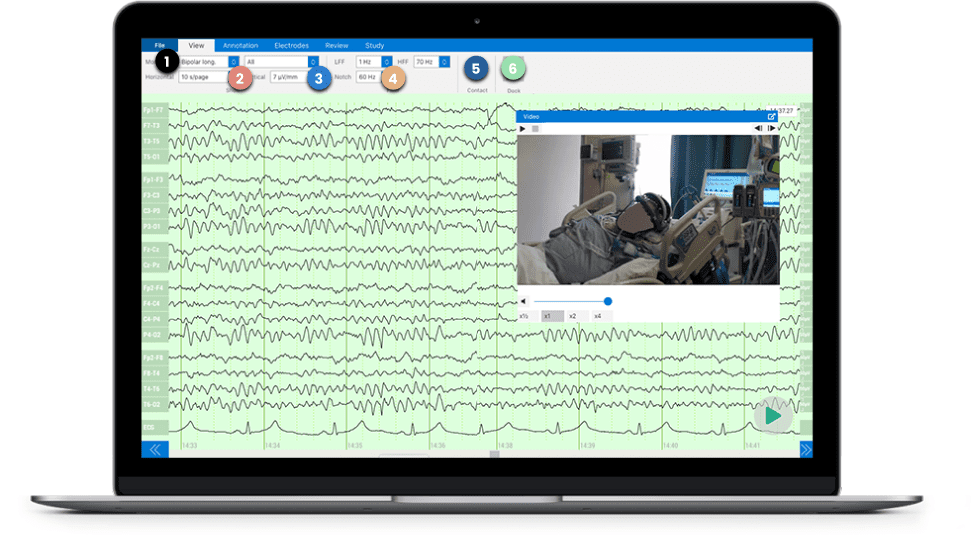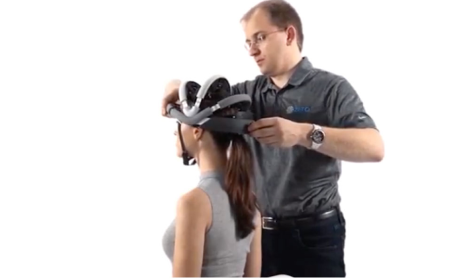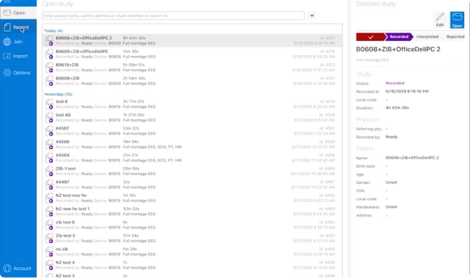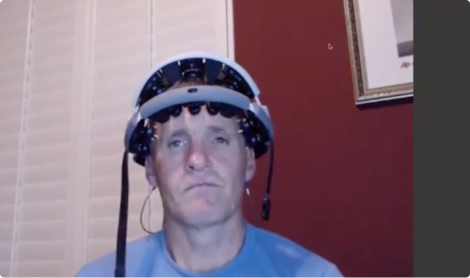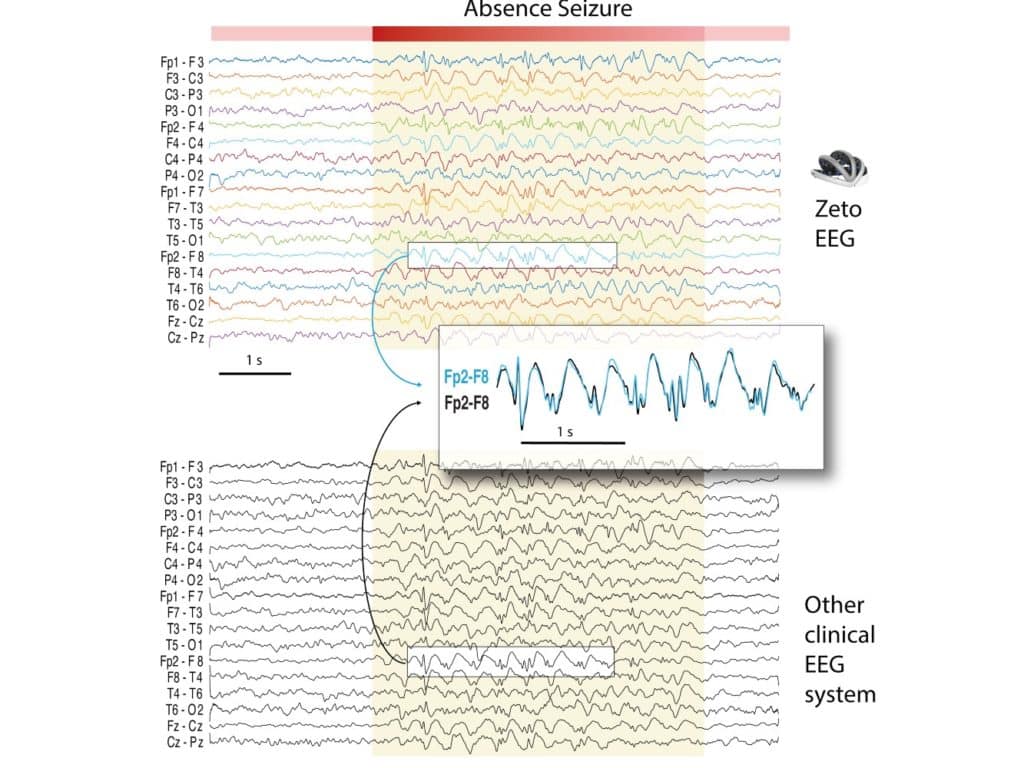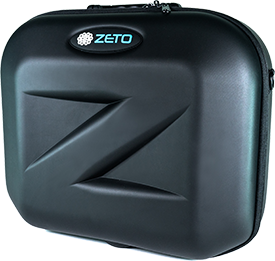
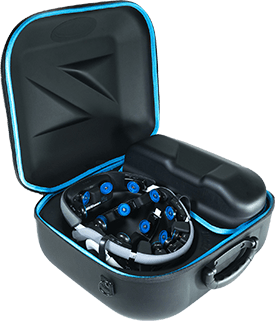
| Number of electrodes | 19 |
| Reference electrodes | A1/A2 or built-in choices |
| Channel Positions | 10-20 system compliant |
| Weight | < 650g or 23oz |
| Battery | Rechargeable Li-ion |
| Run time | 5-6 hours continuous |
| Bandwidth | 0.003 – 250Hz |
| Sampling Rate | 500Hz |
| Analog to Digital Converter | 24 bits |
| Common Mode Rejection Ratio | > 120 dB |
| Input Impedance | 1 TΩ |
| Noise (1-50Hz) | < 1μV RMS |
| Wireless Mode | WiFi |
| Range | 10m (direct line of sight) |
| Video | Multi camera feed, HD video (USB, IP enabled) |
| ECG | Single Differential |
| Photic Sensor | Wireless, Built-in |
| Accelerometer | 3 axis + Gyroscope |
| Triggers | IR, TTL |
Software User Application
All interactions for the Zeto portable EEG monitoring device are performed through the Zeto app or an HTML5 capable web browser such as Google Chrome
- Montage Selection
- Gain
- Time Scale
- Filter Setting
- Contact Quality
- Video
Video Tutorials: See Our Portable EEG Device In Action
Setting Up the Headset Demo
Software Demo for Recording EEG
Software Demo for Reading EEG

How Does Zeto’s Signal Quality Compare to That of Traditional EEG Devices?
Zeto is obsessed with signal quality.
The convenience of portable EEG monitoring devices is unquestionable, but to be truly useful, they have to ensure quality results. That’s why when we were developing our EEG device, signal quality was one of our greatest concerns.
Quality aside, we knew that the portable nature of Zeto EEG headsets could provide amazing convenience and potential for both patients and practitioners. But we also knew that without quality of results, all of that would be to no purpose. After all, what good is a comfortable and portable EEG monitoring device if it doesn’t work well?
Ensuring the kind of quality we knew our device needed to deliver turned out to be a much more challenging problem than initially expected, but we solved it through a combination of proprietary electrode materials and innovative electrical techniques.
The Active Electrode Technology (AET) and Dynamic Noise Cancellation (DNC) ensure that the bio-potential is precisely transmitted, the AET pre-amplifies and conditions the signal at the source, and the DNC removes noise in real time.
Zeto performed 3 clinical studies across 50 subjects that showed signal quality is on par with FDA-cleared traditional EEG systems. The studies involved simultaneous recordings of subjects with Zeto EEG (zEEG) and Clinical EEG (cEEG) electrodes placed about 1-2 cm from each other. For sample results, see below.
This is great news for the healthcare industry, practitioners, and patients. EEGs perform a vital function, but the complicated nature of traditional systems means they’re not as accessible as they could be. With portable EEG monitoring devices offering similar signal strength to traditional devices, this could transform the way we perform EEGs, with tangible results.
If you’d like to know more about Zeto’s signal quality, we’re happy to answer any questions.
To experience the Zeto system for yourself, visit us at conferences, or to schedule an online demo, contact a sales representative here.

 Noise Sheilding
Noise Sheilding
 High Resolution
High Resolution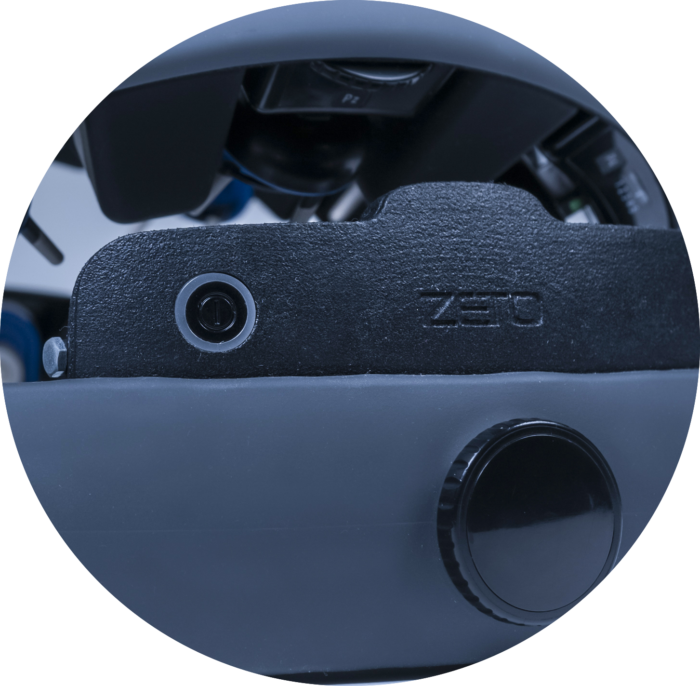 Dynamic Noise
Dynamic Noise Feels like
Feels like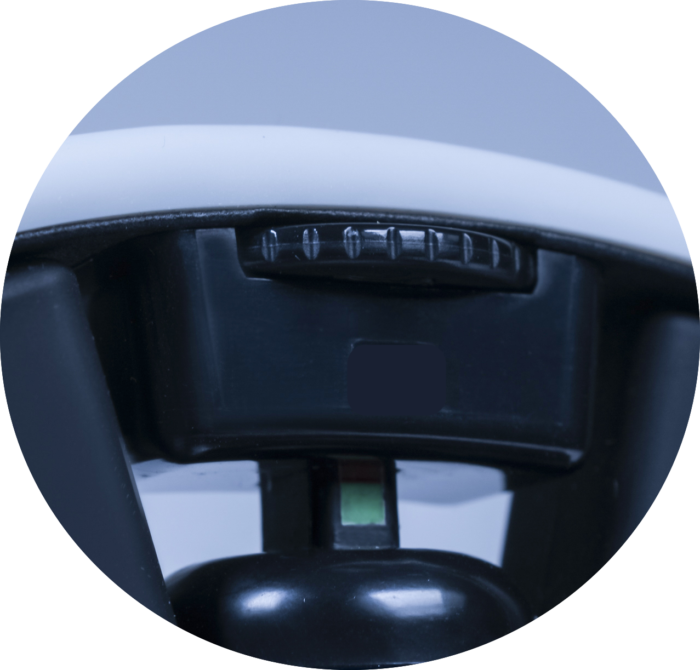 Spring Loaded
Spring Loaded  Soft, Flex
Soft, Flex  Soft Support
Soft Support 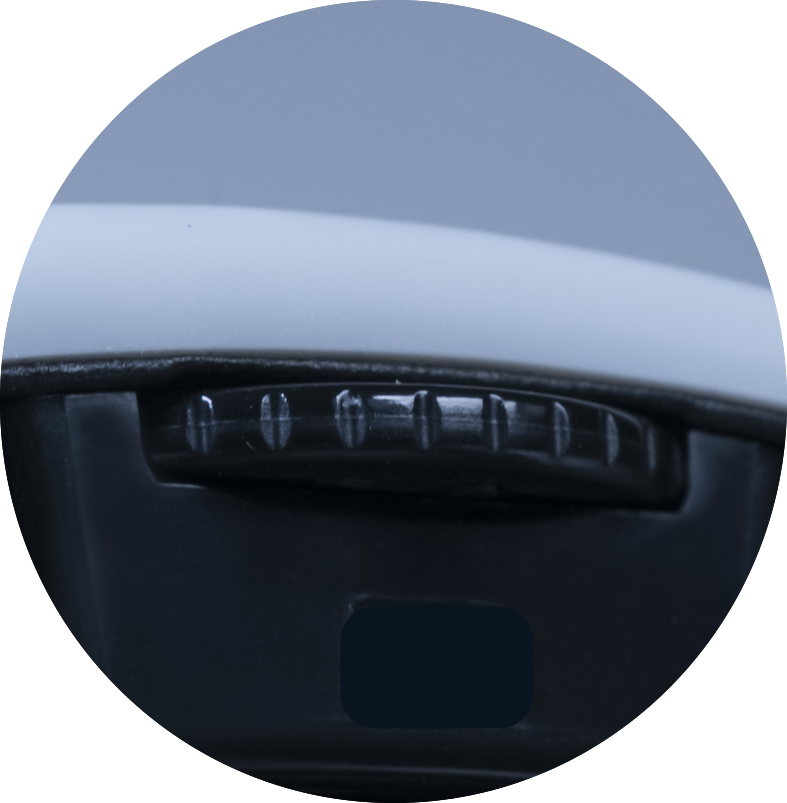 Head Size Adjustment
Head Size Adjustment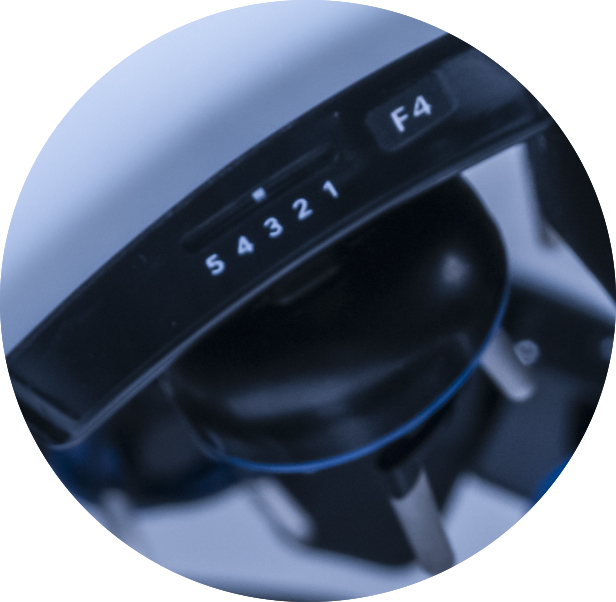 Active Electrode
Active Electrode 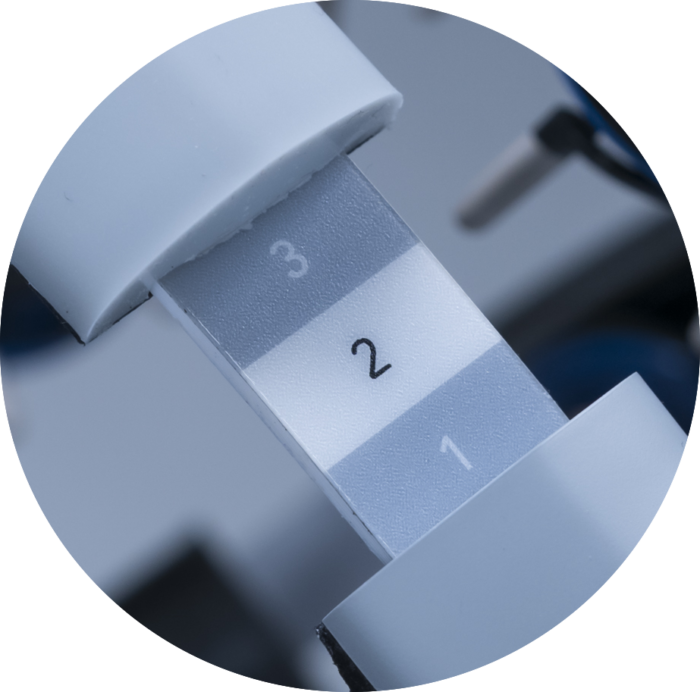 10-20 Positioning
10-20 Positioning

